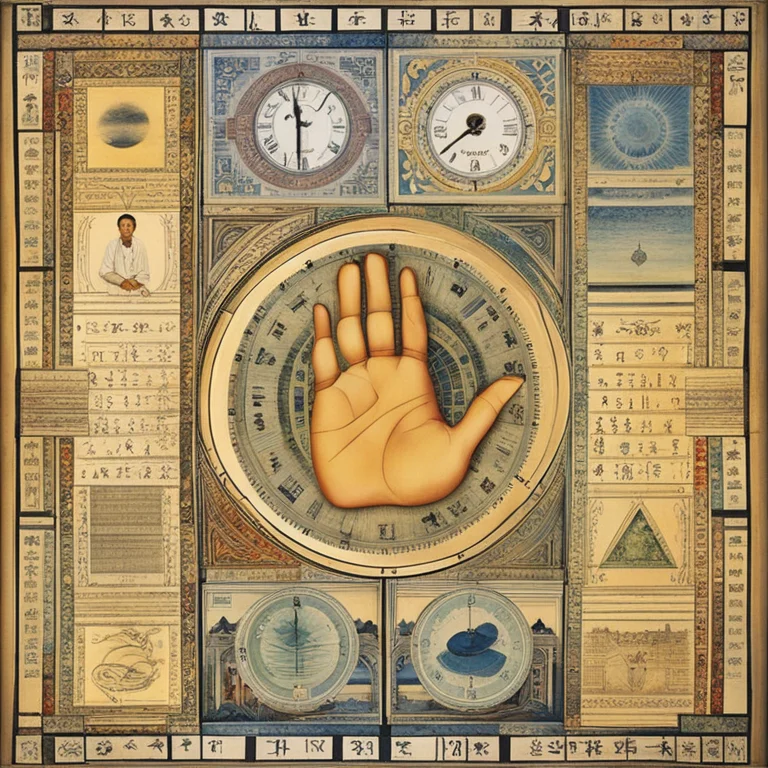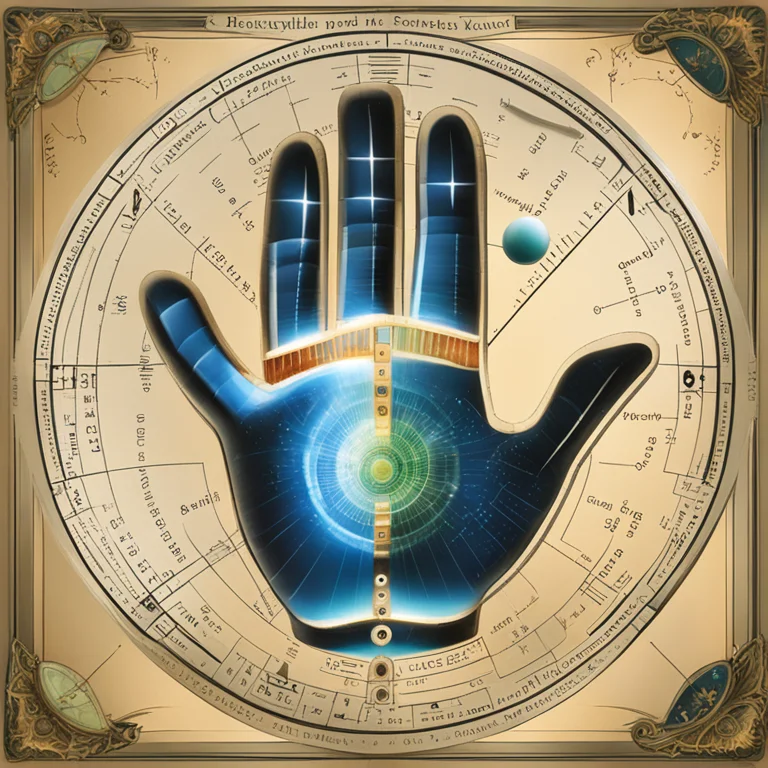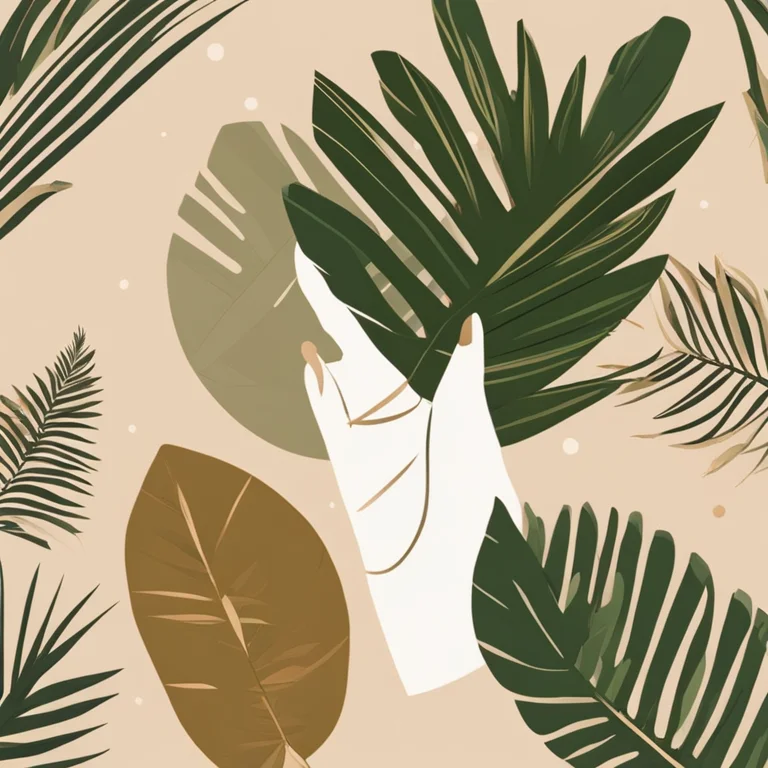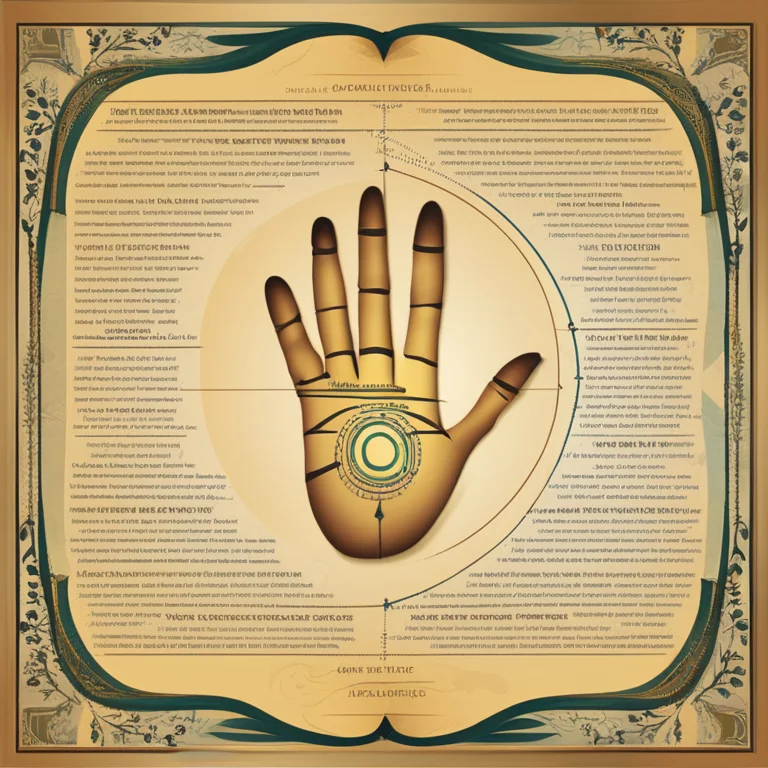
The Roots of Palmistry: A Historical Overview
Delve into the captivating history of palmistry, discovering its ancient roots and journey through time to become a modern mystical art.
article by Nora Pennington
The Dawn of Palm Reading
Palmistry, or chiromancy, is a practice rich in history, believed to have originated over 5,000 years ago. This ancient art is thought to have begun in India, with its wisdom spreading to China, Tibet, Egypt, Persia, and other places. The first evidence of palm reading can be traced as far back as the Vedic scriptures, which give significant importance to the shape, lines, and mounds of the hand in discerning a person's character and life experiences.

Evolving Techniques and Philosophies
As the practice of palmistry traveled, it evolved, blending with local traditions and philosophies. In Ancient China, palm reading was often associated with I Ching, a timeless divination system. Greek astrology incorporated palmistry through the works of Anaxagoras and Aristotle, who wrote about the lines on hands as potent indicators of personal traits and future events. This illustrates palmistry's versatility and how it became interwoven with astrology and other metaphysical studies.

Rise and Decline in the Western World
Palmistry saw a surge in the Middle Ages in Europe but was suppressed during the Renaissance when scientific thinking began to overshadow mystical practices. Despite this, palmistry persisted, primarily through Romani (gypsy) fortune-tellers. It wasn't until the 19th century that palmistry re-emerged as a subject of interest again among the intelligentsia, largely due to figures like Captain Casimir D'Arpentigny and Adrien Adolphe Desbarrolles who helped legitimate the practice in the public eye.

Modern Palmistry and Scientific Scrutiny
In contemporary times, palmistry experiences a balance between fascination and skepticism. New-age enthusiasts often embrace it, while science demands empirical evidence. However, the advent of psychological and neurological studies has sprinkled a hint of scientific intrigue into palmistry, as researchers study the links between hand features and genetic conditions or personality traits, opening up novel discussions around this ancient art.

Global Cultural Impact of Palmistry
Today, the art of palmistry is practiced worldwide, with different regions contributing unique interpretations and methods. The global appeal of palmistry lies in the universal curiosity about the future and understanding oneself better. As such, palmistry continues to be a cultural cornerstone for those seeking introspection and guidance, proving its resilience and adaptability through the ages.
Published: 1/11/2024
Modified: 1/12/2024
More predictions
Come back here soon to learn more about yourself and your future


Unlocking Palm Lines for Career Success
Discover the secrets of your palms and what they suggest about your professional journey. Learn to read palm lines for insights into your career path.


Guide to Palm Reading: Lines and Interpretations
Discover the ancient art of palmistry with our concise guide to reading palms and understanding their meaning for life and personality insights.


Palm Lines: A Guide to Your Hands' Secrets
Learn the art of reading palm lines with our straightforward guide. Discover what your hands reveal about your personality, destiny, and life!